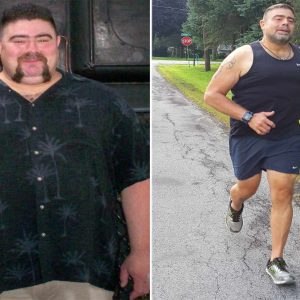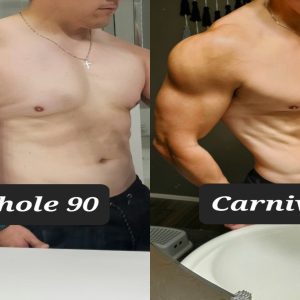Strategically, walking at a slower, consistent pace for extended durations can be highly effective for fat oxidation. This approach, often aligned with Low-Intensity Steady-State (LISS) training, encourages your body to utilize fat as its primary fuel source over carbohydrates.
The Physiology of Fat Burning During Slower, Longer Walks
When you engage in prolonged, low-to-moderate intensity exercise, your body's aerobic energy system is predominantly active. This system is more efficient at metabolizing fatty acids for energy compared to high-intensity efforts, which rely more on glycogen stores.
- Fuel Source Shift: At lower intensities, the body can more readily access and break down fat reserves to meet sustained energy demands.
- Duration is Key: Longer periods of activity increase the total calories burned and the proportion of those calories derived from fat.
- Mitochondrial Adaptation: Consistent LISS training can enhance mitochondrial density and efficiency, improving your body's capacity to burn fat.
Enhancing Fat Burn with Nordic Walking Principles
Incorporating Nordic walking techniques can further optimize fat burning during these slower, extended walks. Nordic walking involves using specially designed poles to engage the upper body, transforming a simple walk into a more comprehensive workout.

- Increased Muscle Engagement: The use of poles activates muscles in the arms, shoulders, chest, and core, in addition to the legs. Engaging more muscle mass leads to a higher overall energy expenditure, even at a slower pace, compared to regular walking.
- Elevated Caloric Burn: By involving the upper body, Nordic walking can increase calorie burn by up to 20-40% compared to walking without poles at the same speed. This means more fat can be oxidized over the same duration.
- Improved Posture and Stability: The poles encourage an upright posture and provide additional support, which can make longer walks more comfortable and sustainable, reducing perceived effort.
- Maintained Lower Intensity: Despite the increased muscle work and calorie burn, the perceived exertion can remain relatively low, allowing you to maintain the "slower" pace essential for optimal fat burning over "long periods."
In essence: By combining a deliberately slower walking pace over significant durations with the added muscular engagement provided by Nordic walking techniques, you create a potent combination for maximizing fat utilization and improving overall cardiovascular health without excessive strain.












